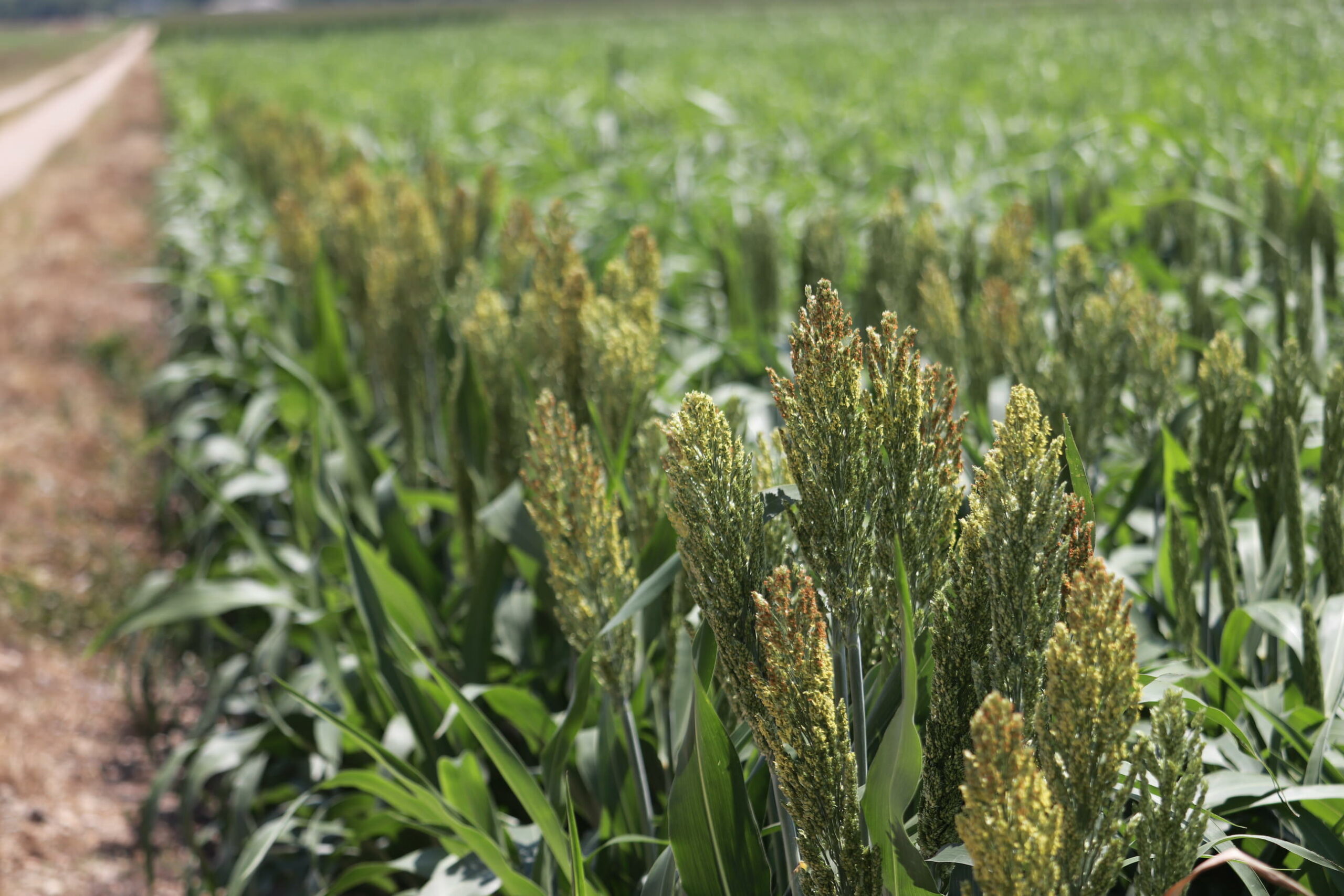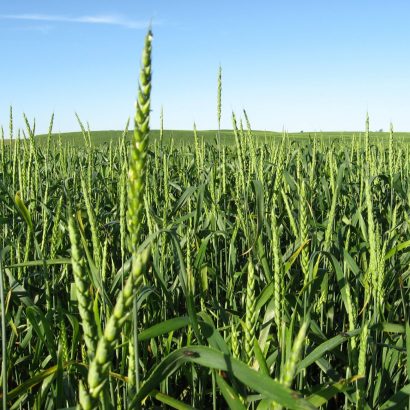Much of the upper Midwest has experienced a major shift to more rainfall this season, leaving crop fields unplanted or with large drowned out areas. These wet acres leave many options for management, so let’s run through what those look like.
First off, once these acres dry off, having a living root and ground cover is much better for your soil than leaving it bare and prone to erosion or growing a perpetual weed bank. So, even if you don’t have a need for making feed on that acre, go ahead and plant an economical small grain or brassica for quick growth. Growing plants will infiltrate water, hold your topsoil in place, and suppress weeds.
If you have a need for silage or your acres were fertilized for corn, make your first planting option forage sorghum. Forage sorghum will be the most similar in terms of feed value to corn and replicable to that in the diet. The clock is ticking on this species, however, and it should have at least 85 growing days left in the season for it to mature. Forage sorghum will produce a grain head that is ideally harvested at the soft-dough stage. This is the point when the plant’s stalk also starts to lose moisture to ensure an ideal dry matter percent for your silage. Many producers are used to chopping wet sorghum silage that needs to freeze dry, but finding an early maturing hybrid can help alleviate that running pile.
The best option to plant for a hay crop in the mid-summer months is millet. Since these acres are wet and low, the most suitable type of millet for those mucky areas is Japanese Millet. It resembles a barnyard grass seed head, but will reach heights of three to four feet. The quality is average, but yield is phenomenal. And since yield is so good, that also means you will need to find a good drying period to cure the entire wind row.
The other millet option is a foxtail type, which would include both German and White Wonder millet. Other than the seed head colors, the slight differences are that German will be more drought tolerant and mature a few days quicker, while White Wonder is a tick taller and usually tests out better for quality. We plan on a 60 to 65 day maturity for each, and they’ll make two to three tons of dry matter per acre. Opposite of Japanese Millet, they both prefer well-drained soils.
One concern we typically hear from people with wet acres is if their fertilizer applied for corn will cause nitrate issues on these alternative crops. If you’re deciding between millet or forage sorghum for these acres, I’d much rather use forage sorghum on acres with high fertility. The nitrogen requirements for forage sorghum are about 80% that of corn’s. If millet is planted on these acres, it has a high potential to accumulate nitrates – which will not make it safe to feed to many classes of livestock.
Though these acres seem like a problem now, I’d encourage you to find the silver lining and look at options to turn them into an opportunity. Making more feed is always a good thing!




Discussion
0 Comments